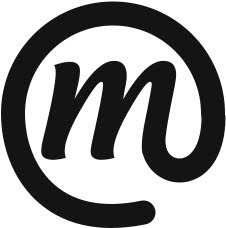
Update and more comprehensive eview of my visit to this exhibition back in February.
Prior to my visit to this exhibition I had been somewhat unaware of the developments, links and collaborations forged by Theo Van Doesburg during the early post World War1 period. The ‘Critical List’ in the Sunday Times states: “…The show is devoted to the founder of De Stijl and he shares the limelight with the work of 80 others. The result, though impressive, confuses.” On the contrary, my visit filled in a number of gaps in my own understanding of the transitions in art and design and lasting influences created during this period of the 20th century.
The exhibition is curated chronologically to show Van Doesburg’s early work – cubism and expressionism - and the subsequent development into the abstract that formed the beginnings of the De Stijl group and his later work up until his death in 1931. The work in the first two rooms clearly demonstrates the process and stages of reduction from figurative to abstraction, right down to the development of the De Stijl typeface with no curves; each letterform inscribed within a square or rectangle. Room four documents his work with architects prior to the beginning of De Stijl; his work with JJP Oud, stained glass windows, building facias and furniture that have clear visual links to the abstract colour work of both Van Doesburg and Piet Mondrian (Van Doesburg’s contemporary and fellow member of De Stijl).
The displays that document his interest in Dadaism and Constructivism and the Bauhaus are particularly interesting to me as a graphic designer. In a letter to Tristan Tzara Van Doesburg comments: “The Dadaist spirit pleases me more and more…”. However, although he was willing to express these views, and link the direction and ethos of De Stijl to other movements, the work that he produced in the Dadaist spirit was hidden under the pseudonym of IK Bonset. The influence that artists such as Kurt Scwitters, El Lissitsky, Lazlo Moholy Nagy had on his work and that of his contemporaries can be seen here; collage, photo-montage and the adoption of the diagonal motif become more visible as his work develops. In fact, it was Van Doesburg’s adoption of diagonal themes (“Counter Compositions”) that led to Mondrian leaving De Stijl.
Van Doesburg had hoped to teach at the Bauhaus to spread the radical ideas of De Stijl. But having failed to secure a post, set up his own private courses where he rejected the Bauhaus’s emphasis on expressionism in favour of objectivity and machine production. Hand written registers are on show documenting these classes that attracted Bauhaus pupils and De Stijl’s eventual influence on Bauhaus teaching. By 1925 Van Doesburg was recruiting artists to De Stijl whose work was closer to Constructivism and his later paintings have adopted the distinct diagonal themes and grid structures, which he states “… eliminate aesthetic speculation.”
In all, there is much to absorb in this show and the influences and developments of that early 20th Century period still have recurring influences on current design trends.











